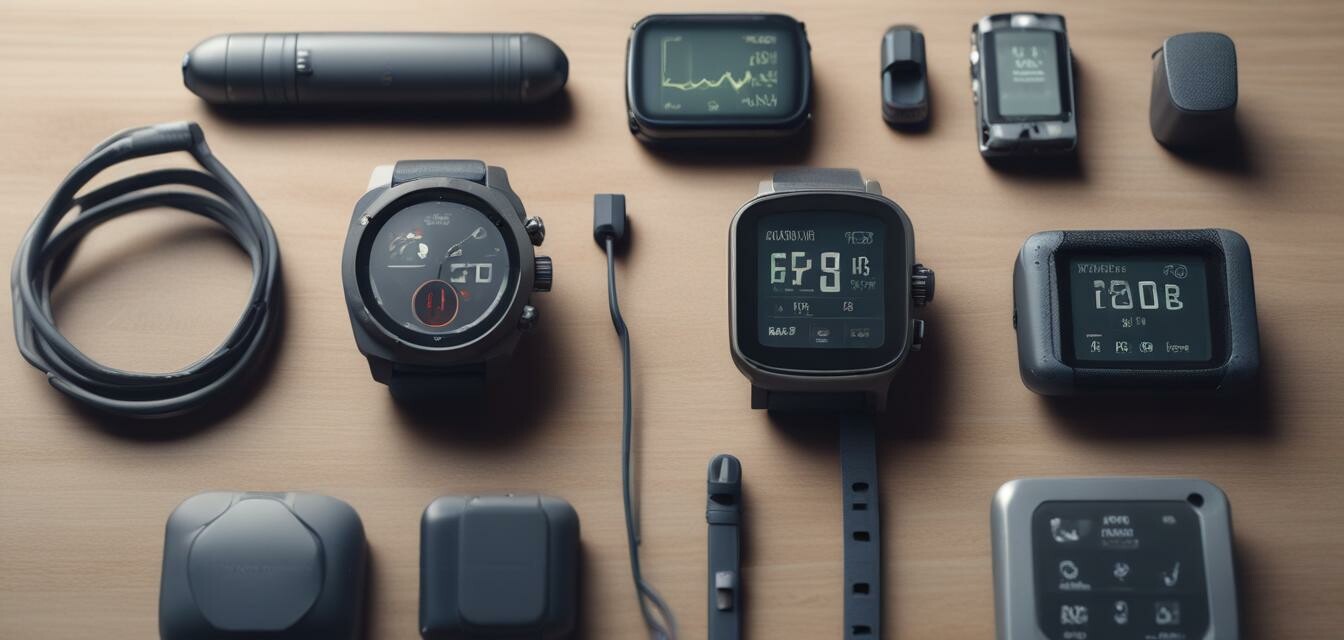
Comprehensive Guide to Health Monitoring Gadgets
In today's world, health monitoring gadgets play a crucial role in helping seniors keep track of their health easily and efficiently. This comprehensive guide explores the latest devices that not only monitor vital health parameters but also ensure peace of mind for seniors and their caregivers.
Key Takeaways
- Health monitoring gadgets empower seniors to take control of their health.
- Regular use of these devices can promote proactive health management.
- Many user-friendly features are designed specifically for seniors' needs.
- Integrations with smart home systems can enhance usability and safety.
- Investment in these gadgets translates to better health outcomes.
Why Health Monitoring Gadgets Matter
As we age, regular health monitoring becomes essential. These gadgets allow seniors to track vital signs such as heart rate, blood pressure, and physical activity. By having instant access to this information, seniors can make informed decisions regarding their health and keep caregivers updated without the need for constant doctor visits.
Types of Health Monitoring Gadgets
Here's a breakdown of different types of health monitoring devices tailored for seniors:
| Gadget Type | Features |
|---|---|
| Smartwatches | Heart rate monitoring, fitness tracking, alerts for irregular heartbeats. |
| Blood Pressure Monitors | Automatic readings, Bluetooth connectivity, easy-to-read display. |
| Fitness Trackers | Step counting, sleep tracking, goal reminders. |
| Glucose Monitors | Continuous monitoring, alerts, mobile app integration. |
| Pill Dispensers | Automated reminders, alerts for caregivers, customizable schedules. |
Considerations When Choosing Health Monitoring Gadgets
Selecting the right device can be a daunting task. Here are essential factors to consider:
- Usability: Opt for gadgets with large displays and easy-to-navigate interfaces.
- Battery Life: Ensure the device has a long-lasting battery to avoid frequent charging.
- Connectivity Features: Look for Bluetooth or Wi-Fi connections for easy data sharing with medical professionals.
- Durability: Choose devices that can withstand everyday use without damage.
- Support and Warranty: Consider products with excellent customer service and warranties.
How to Integrate Health Monitoring Gadgets into Daily Life
Integrating these devices into daily routines is crucial for maximizing their benefits. Here are some suggestions on how to do this effectively:
- Start simple: Choose one or two devices that meet immediate health monitoring needs.
- Set daily reminders: Use smartphone alerts or built-in reminders for device usage.
- Share data with healthcare providers: Regularly update doctors with health data collected from gadgets.
- Engage family members: Encourage family to be involved in monitoring and discussing health status.
- Update technology: Stay informed about new features and upgrades for existing gadgets.
Where to Find Health Monitoring Gadgets
Seniors and caregivers can find various health monitoring gadgets through:
- Online retailers
- Local pharmacies
- Medical supply stores
- Technology expos and fairs
- Comparison and review websites
Conclusion
Health monitoring gadgets are becoming indispensable for seniors. By empowering individuals to manage their health proactively, these devices can provide peace of mind for both seniors and their families. As you explore the array of available gadgets, keep in mind the features and considerations discussed in this guide to make informed purchases that enhance the well-being and quality of life.
Pros
- Empowers seniors to track their health independently.
- Can prevent health emergencies through timely alerts.
- User-friendly features designed with seniors in mind.
- Enhances communication between seniors and caregivers.
Cons
- Initial investment cost may be high for some gadgets.
- Some devices require manual input, which may be challenging for some users.
- Limited battery life can be inconvenient.
- Potential technical issues or needs for updates.
Tips for Beginners
- Start with one device that meets immediate needs.
- Request help from family members in setting up devices.
- Have regular check-ins for seniors using the gadgets.
- Stay patient while learning how to use the devices effectively.